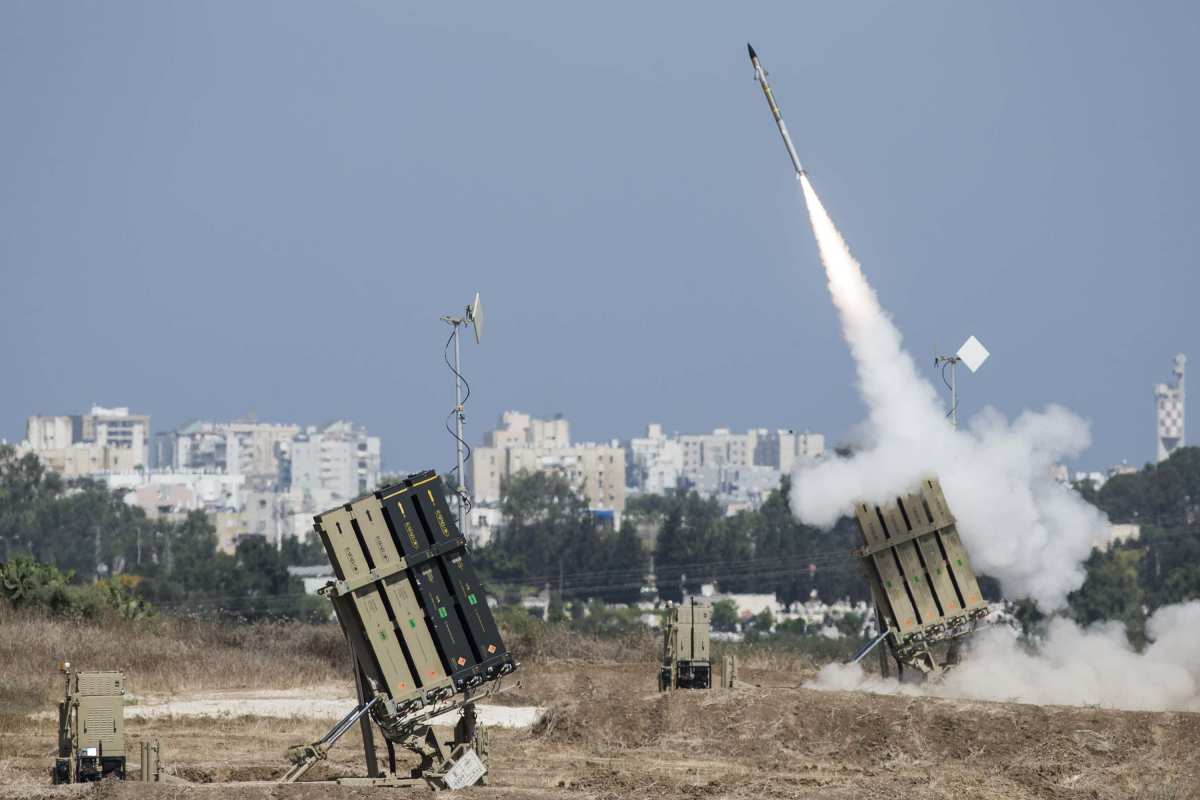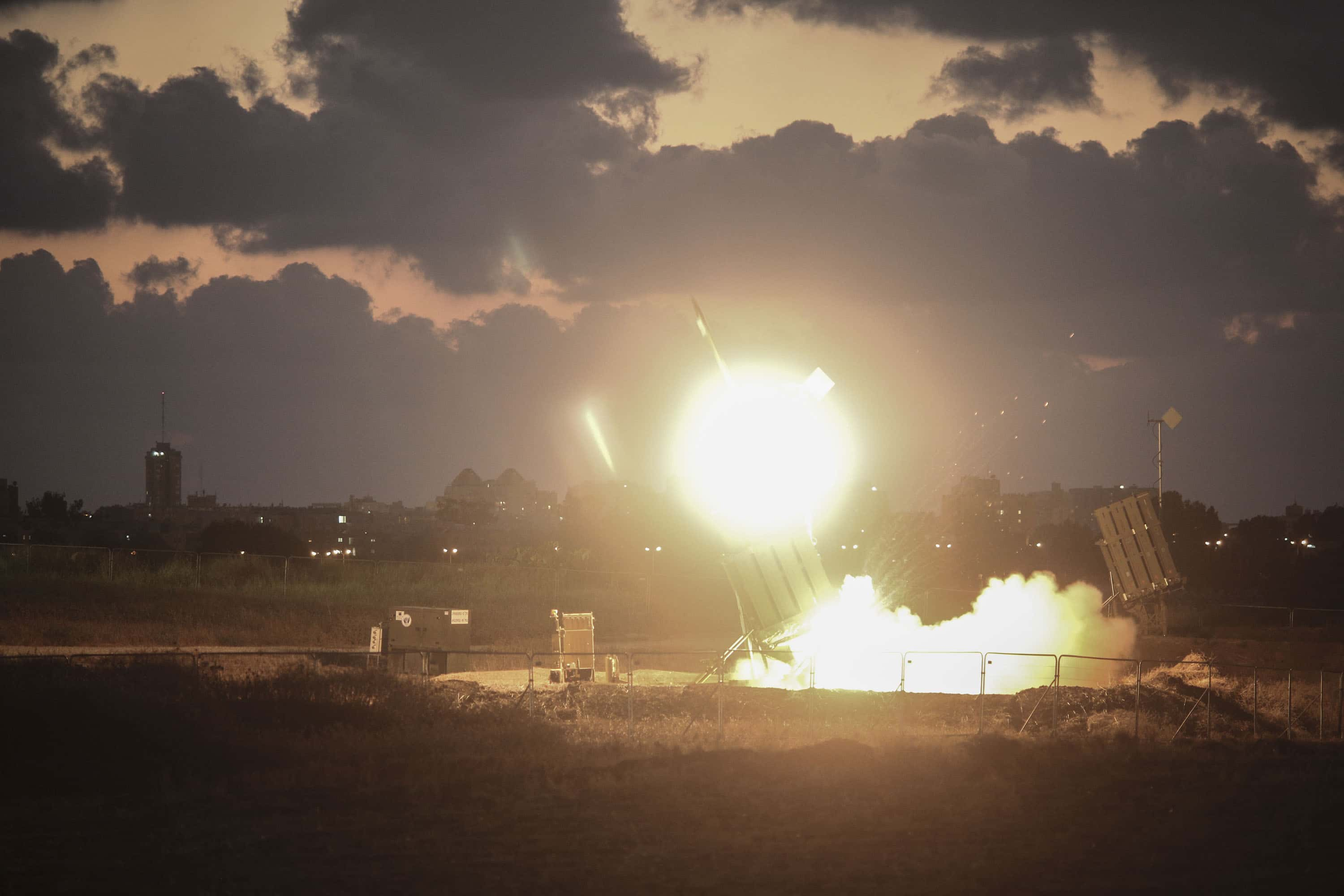What is 'Iron Dome'? Here's how Israel's air defense system is protecting it from Palestinian rocket attacks

Israel's Iron Dome air defense system has proven to be its ace in the hole against the ongoing barrage of rocket attacks by Palestinian militants in Gaza.
“More than 1,050 rockets have been fired towards Israel and the Iron Dome has had an 85 percent to 90 percent interception rate despite the Hamas terrorist organization attempting to overwhelm the system,” Israel Defense Forces spokesman Capt Ben Rosner told the New York Post on Wednesday, May 12. Many of the rockets also have failed to make it into the Jewish country, according to its Army, crashing inside Gaza instead.
RELATED ARTICLES
According to The Washington Post, the vaunted defense system was developed by the Israeli Rafael Advanced Defense Systems and Israel Aerospace Industries, with financial and technical assistance from the United States. It was designed to "protect populated areas and critical assets from short-range aerial threats," per the newspaper.
As reported by Agence France-Presse, the system was first deployed in 2011 near the southern city of Beersheva, located about 25 miles from the Gaza Strip, in order to neutralize Soviet-designed Grad rockets fired from Palestinian territory. According to the press agency, Israel has at least 10 Iron Dome batteries, each equipped with a "radar detection and tracking system, a firing control system, and three launchers for 20 missiles — each with a range of between 2.5 and 44 miles".

The Washington Post noted how two separate defense systems, namely David’s Sling and Arrow, were designed to foil threats including planes, drones, rockets, and missiles. Boasting unmatched precision, the systems are able to instantly determine whether an incoming projectile is a threat and respond by firing interceptors from mobile or stationary launch units if the projectile risks hitting a populated area or vital infrastructure. These interceptors are designed to collide with the incoming rocket and detonate mid-air.
Speaking to right-wing paper Israel Hayom, Moshe Patel, head of the Israeli Defense Ministry’s Homa directorate, explained that the system had the “ability to counter cruise missiles, drones and more,” including “threats that don’t even exist in the field at this time, but will probably emerge in the coming months.”

In 2019, Brock University Professor Michael Armstrong, who has studied the Iron Dome and its effectiveness, wrote for the National Interest that “no missile defense system is perfectly reliable, especially against an evolving threat,” per the Washington Post.
Meanwhile, some Israelis have reportedly complained that the government relies too much on the Iron Dome and does not allocate sufficient resources for other measures such as shelters. “The house is not protected, and it is not realistic to get to the neighborhood shelters, especially when the barrages are so continuous,” Guy Mann, a resident of Ashkelon, told Israel’s Army Radio after his house was reportedly struck by a rocket. “We can only rely on the Iron Dome and luck,” he added.










